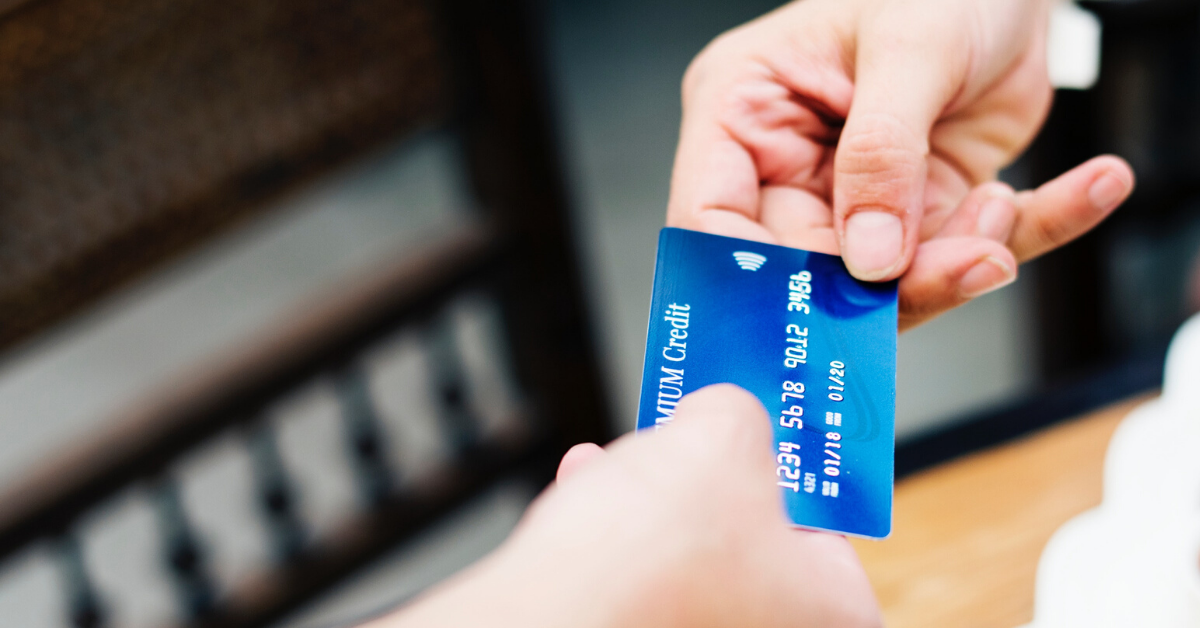Why you need to keep your identity safe
Have you received an unexpected email or text asking you to ‘confirm’ personal details by clicking on a link or opening an attachment? It could be an attempt to steal your information for financial gain. Identity theft is on the rise, so it’s important to know how to protect yourself.
It’s hard to believe people may be trawling through your garbage or waiting for you to click on an email so they can pick up some personal information about you. But the unfortunate reality is that identity theft is a big problem and one that’s growing over time.
According to the Australian Federal Police (AFP), once criminals have your information, they can apply for a credit card or other financial services, open a bank account, run up debts or obtain a loan – all in your name. They could also apply for a job, government benefits, a mobile phone contract, a driving licence or a passport in your name.
The more technology advances, the better scammers get at separating people from their money – and you may become a victim without even knowing it. Some people only realise when bank statements don’t arrive or they are receiving no post at all.
That’s because the fraudsters have redirected their mail to themselves. Others find out when they see items on their bank statements that they don’t recognise or receive letters from solicitors or debt collectors for loans or accounts that have been set up in their name.
The rising costs
Of all the types of financial fraud and other scams reported to Scamwatch in 2017, 13.3% involved a person losing their personal information, with total financial losses of $11.8 million. By comparison, data for the year to 31 October 2018 shows an increase in cases to 16.1%, with victims of identity theft out of pocket by $20.4 million as a result.
How to protect yourself
To protect your identity and personal information, you should follow these tips from Scamwatch:
- Be alert to suspicious texts or emails. Avoid opening them where possible. If a message is worded to try and make you act with urgency, delete it immediately.
- If you want to verify that a message is legitimate, look up the contact details for the organisation and use these to get in touch. Do not use the contact details provided in the message sent to you.
- Never send money or give account details or copies of personal documents to anyone you don’t know or trust.
- Choose passwords that are difficult for others to guess and update them regularly. Don’t use the same password for every account and don’t share them with anyone.
- Secure your networks and devices with anti-virus software and a good firewall. Avoid using public computers or Wi-Fi hotspots when you’re accessing or providing personal information.
- Only make online payments using a secure payment service. Look for a URL starting with ‘https’ and a closed padlock symbol. Or use a payment provider such as PayPal.
- Lock up your mailbox and shred or destroy any documents containing personal information.
- Accessing your credit report is one way of checking that no one is using your name to borrow money. Visit the ASIC MoneySmart website to find out how to access your credit report.
What to do if you’ve been targeted
Any type of identity theft can be reported to the police as a crime. Applying for a Commonwealth Victims’ Certificate can help you support your claim that you are a victim of identity crime. Support is also available from IDCARE, a free service that will help you limit the impact identity theft.
If you have been a victim of identity crime and you still have your card, the AFP says you shouldn’t have to pay for anything bought on it without your permission (subject to the terms and conditions of your account).
If your card has been reported lost or stolen, the AFP says you will usually not have to pay, unless it can be shown that you have acted fraudulently or without reasonable care, for example, by keeping your PIN number with your card.
Source: FPA Money & Life

